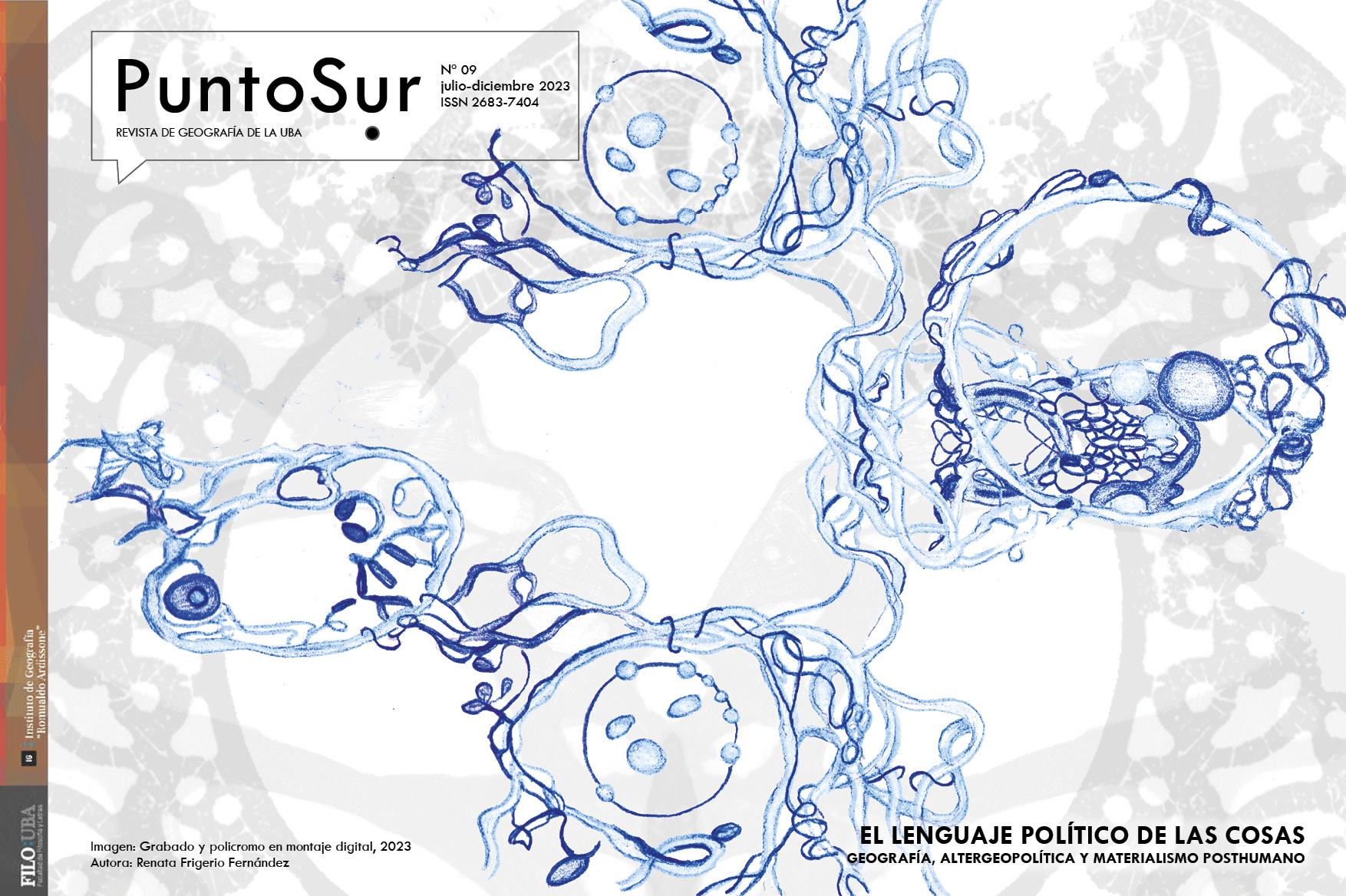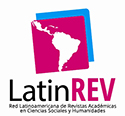Reparar (n)o lugar através do cinema: como fazer do lugar-escola uma floresta?
Keywords:
PLACE. SCHOOL. CINEMA. FOREST. NON-HUMAN.
Abstract
In an exercise of articulation during my path as a teaching researcher in recent years, I propose here three teaching gestures: to ask, experiment, repair. A fourth gesture would be to write. In it, I ask (myself) two questions: 1. What potency would experimentations with cinema in the school-place have with the purpose to invent another type of attention that allows repairing (in) the place? Considering that in Portuguese repair means either observe what is around us, pausing to watch, being attentive to the connections and alliances between humans and non-humans or repair what was broken down in our attention to the place. 2. What potency would the “concept” of forest, a whole living world, as it appears in the words of indigenous thinkers have in order to think about the cinematographic affections of the school-place? Articulating the forest to the concepts of place, by Doreen Massey, and living areas, by Fernand Deligny, I seek to point out how the pedagogy of devices proposed by filmmaker Cezar Migliorin functions in activating the life/vivacity of non-human trajectories/presences in the place as it breaks up the usual ways children and teachers make shootings. It requires that one pays attention to the surroundings and enables creation of unexpected images that might repair other connections and alliances between humans and non-humans.Downloads
References
DELIGNY, F. (2015). O Aracniano e outros textos. São Paulo: n-1 edições.
DELIGNY, F. (2009). Permitir Trazar Ver. Barcelona: Museu d’Art Contemporani de Barcelona.
DELIGNY, F. (1971). Los vagabundos eficaces. Barcelona: Editorial Estela.
FÓRUM NICARÁGUA (MIGLIORIN, C.; GARCIA, L.; PIPANO, I.; RESENDE, D.). (2021). A Pedagogia do Dispositivo: Pistas para Criação com Imagens. In: LEITE, C.; OMELCZUK, F.; REZENDE, L. A. (org). Cinema-Educação: políticas e poéticas. Macaé: Editora NUPEM.
KOPENAWA, D.; ALBERT, B. (2015). A queda do céu – palavras de um xamã yanomami. São Paulo: Cia das Letras.
KRENAK, A. (2021). Comecem a produzir floresta como subjetividade. Amazônia Real. Recuperado de: https://amazoniareal.com.br/comecem-a-produzir-floresta-como-subjetividade-como-uma-poetica-de-vida-diz-ailton-krenak-a-plateia-portuguesa/
KRENAK, A. (2019). Ideias para adiar o fim do mundo. São Paulo: Companhia das Letras.
KRENAK, A. (2022). Futuro ancestral. São Paulo: Companhia das Letras.
MASSEY, D. (2008). Pelo espaço – uma nova política da espacialidade. Rio de Janeiro: Bertrand Brasil.
MIGLIORIN, C. (2015). Inevitavelmente cinema: educação, política e mafuá. Rio de Janeiro: Beco do Azougue.
MIGLIORIN, C. et. al. (2014). Cadernos do Inventar – cinema, educação e direitos humanos. Universidade Federal Fluminense/Secretaria Especial de Direitos Humanos do Ministério da Justiça. Disponível em: https://www.academia.edu/30703627/Cadernos_do_Inventar_com_Diferen%C3%A7a
AUTOR. retirado para la evaluación del artículo.
AUTOR. retirado para la evaluación del artículo.
AUTOR. retirado para la evaluación del artículo.
AUTOR. retirado para la evaluación del artículo.
AUTOR. retirado para la evaluación del artículo.
PROJETO LUGAR-ESCOLA E CINEMA. (2022). Cadernos de Dispositivos de Cinema na Educação Infantil. Campinas: Secretaria Municipal de Educação. Disponível para download gratuito no link: https://educa.campinas.sp.gov.br/sites/educa.campinas.sp.gov.br/files/2022-05/EBOOK_Cadernos%20de%20dispositivos%20de%20cinema%20na%20EI_Folhas%20Individuais.pdf
RAMOS, A. B.; BARQUETE, F. L.; PIPANO, I. (2021). A pedagogia dos dispositivos: um método para a educação audiovisual. Semente: educação audiovisual. Disponível em: https://semente.educacaoaudiovisual.com.br/2021/05/06/a-pedagogia-do-dispositivo-um-metodo-para-a-educacao-audiovisual/
RODRIGUES, L. S.; ANCIÃES, M. (2015). Verde Perto – Educação. Manaus: Editora INPA.
DELIGNY, F. (2009). Permitir Trazar Ver. Barcelona: Museu d’Art Contemporani de Barcelona.
DELIGNY, F. (1971). Los vagabundos eficaces. Barcelona: Editorial Estela.
FÓRUM NICARÁGUA (MIGLIORIN, C.; GARCIA, L.; PIPANO, I.; RESENDE, D.). (2021). A Pedagogia do Dispositivo: Pistas para Criação com Imagens. In: LEITE, C.; OMELCZUK, F.; REZENDE, L. A. (org). Cinema-Educação: políticas e poéticas. Macaé: Editora NUPEM.
KOPENAWA, D.; ALBERT, B. (2015). A queda do céu – palavras de um xamã yanomami. São Paulo: Cia das Letras.
KRENAK, A. (2021). Comecem a produzir floresta como subjetividade. Amazônia Real. Recuperado de: https://amazoniareal.com.br/comecem-a-produzir-floresta-como-subjetividade-como-uma-poetica-de-vida-diz-ailton-krenak-a-plateia-portuguesa/
KRENAK, A. (2019). Ideias para adiar o fim do mundo. São Paulo: Companhia das Letras.
KRENAK, A. (2022). Futuro ancestral. São Paulo: Companhia das Letras.
MASSEY, D. (2008). Pelo espaço – uma nova política da espacialidade. Rio de Janeiro: Bertrand Brasil.
MIGLIORIN, C. (2015). Inevitavelmente cinema: educação, política e mafuá. Rio de Janeiro: Beco do Azougue.
MIGLIORIN, C. et. al. (2014). Cadernos do Inventar – cinema, educação e direitos humanos. Universidade Federal Fluminense/Secretaria Especial de Direitos Humanos do Ministério da Justiça. Disponível em: https://www.academia.edu/30703627/Cadernos_do_Inventar_com_Diferen%C3%A7a
AUTOR. retirado para la evaluación del artículo.
AUTOR. retirado para la evaluación del artículo.
AUTOR. retirado para la evaluación del artículo.
AUTOR. retirado para la evaluación del artículo.
AUTOR. retirado para la evaluación del artículo.
PROJETO LUGAR-ESCOLA E CINEMA. (2022). Cadernos de Dispositivos de Cinema na Educação Infantil. Campinas: Secretaria Municipal de Educação. Disponível para download gratuito no link: https://educa.campinas.sp.gov.br/sites/educa.campinas.sp.gov.br/files/2022-05/EBOOK_Cadernos%20de%20dispositivos%20de%20cinema%20na%20EI_Folhas%20Individuais.pdf
RAMOS, A. B.; BARQUETE, F. L.; PIPANO, I. (2021). A pedagogia dos dispositivos: um método para a educação audiovisual. Semente: educação audiovisual. Disponível em: https://semente.educacaoaudiovisual.com.br/2021/05/06/a-pedagogia-do-dispositivo-um-metodo-para-a-educacao-audiovisual/
RODRIGUES, L. S.; ANCIÃES, M. (2015). Verde Perto – Educação. Manaus: Editora INPA.
Published
2023-11-29
How to Cite
Oliveira, W. (2023). Reparar (n)o lugar através do cinema: como fazer do lugar-escola uma floresta?. Punto Sur, (9), 94-114. https://doi.org/10.34096/ps.n9.12646
Section
Dossier
Copyright (c) 2023 Wenceslao Oliveira

This work is licensed under a Creative Commons Attribution 4.0 International License.






















